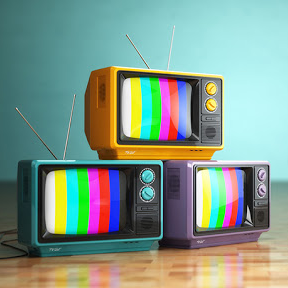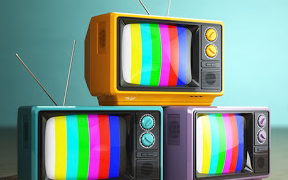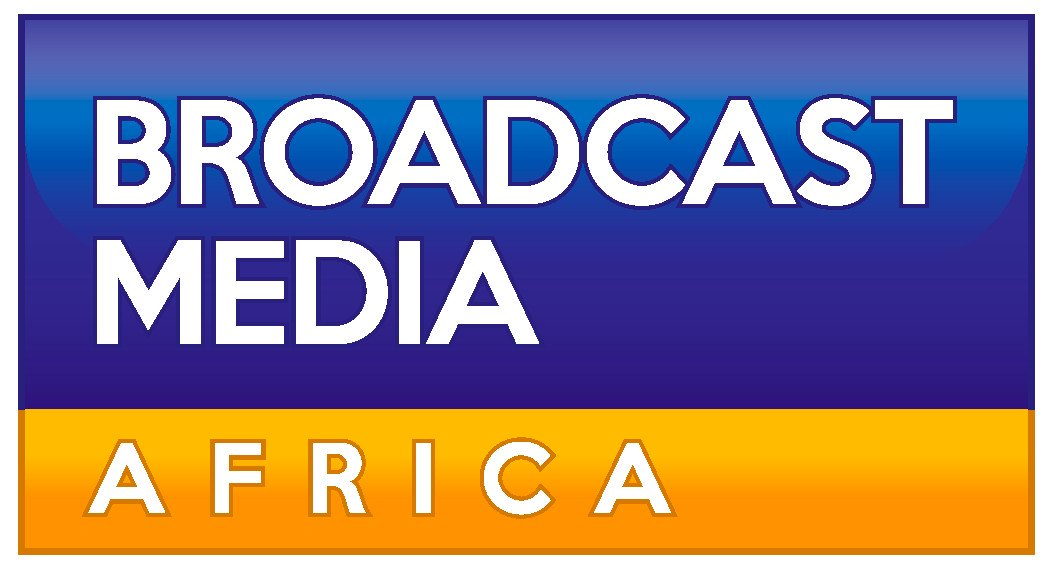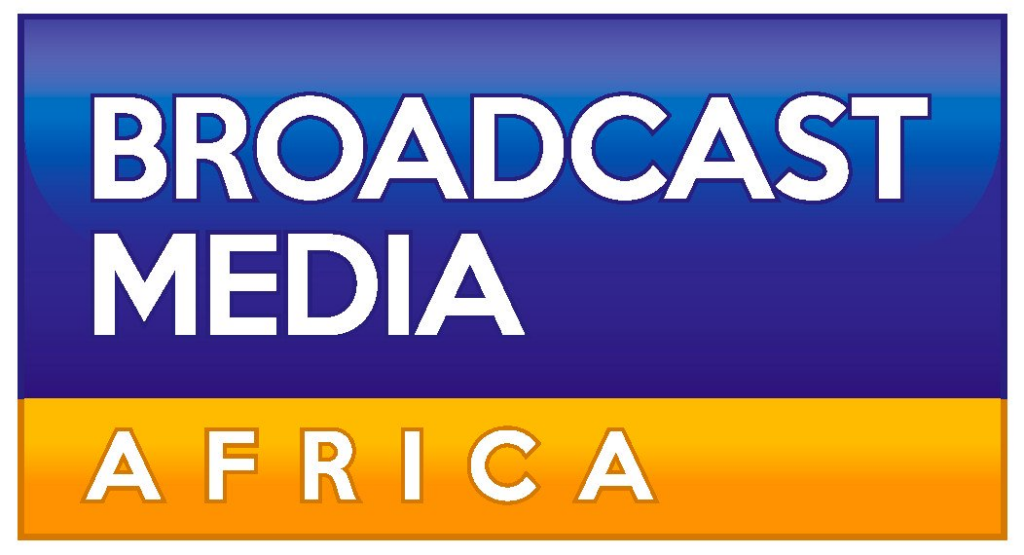
The Independent Communications Authority of South Africa (Icasa) has released new draft regulations for digital terrestrial television (DTT) broadcasting. The regulations detail which frequencies will be designated for various broadcasting types, including public service, commercial free-to-air, subscription, and community stations.
Published in last week’s Government Gazette, these draft regulations intend to replace the existing rules established over ten years ago. Once finalised, the new regulations will be implemented following the cessation of analogue television broadcasts.
This move resulted from an inquiry initiated by Icasa in March 2024, which aimed to reassess the previous regulations from 2012 and 2014. Icasa noted that the ongoing transition from analogue broadcasting shifted the focus toward managing a fully digital broadcasting environment.
Among the significant changes proposed is the allocation of multiplexes, which are segments of the radio frequency spectrum assigned to TV broadcasters. Icasa’s consultation revealed a consensus against multiplex sharing, with stakeholders advocating for individual multiplex allocations to enhance geographical coverage and minimise costs associated with varying coverage needs.
Key elements of the proposal include:
- Allocating Multiplexes 1 and 5 entirely to the South African Broadcasting Corporation (SABC) to support its public broadcasting duties and facilitate the expansion of high-definition broadcasting. This adjustment aims to alleviate the current capacity limitations faced by SABC on Multiplex 1.
- Designating 85% of Multiplex 2 to e.tv for its existing and future channels while reserving the remaining 15% for community broadcasters.
- Allocating 55% of Multiplex 3 to a new entity named Kwesé, though its connection to the defunct Econet Media is unclear. Additionally, 45% of Multiplex 3’s capacity will be available to other commercial, free-to-air broadcasters, promoting market entry and competitiveness.
- Reserving Multiplex 4 entirely for commercial subscription broadcasting services, which will be available through a competitive licensing process.
- Multiplexes 6 and 7 will be kept for future innovations, experimentation, and demonstrations.
According to the draft regulations, all broadcasters must offer an electronic programme guide (EPG) that outlines upcoming programming, amongst other obligations. The rules also govern multiplex operators, such as Sentech.


















